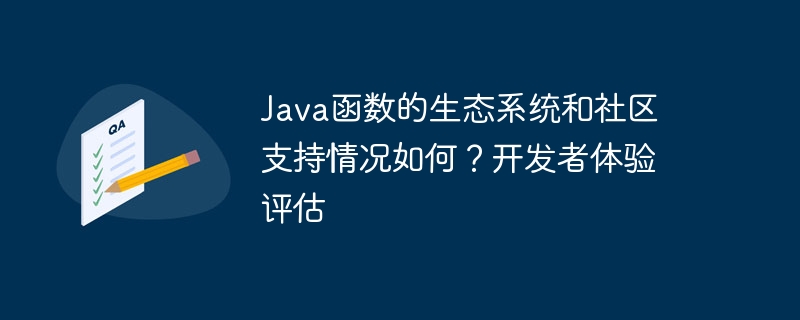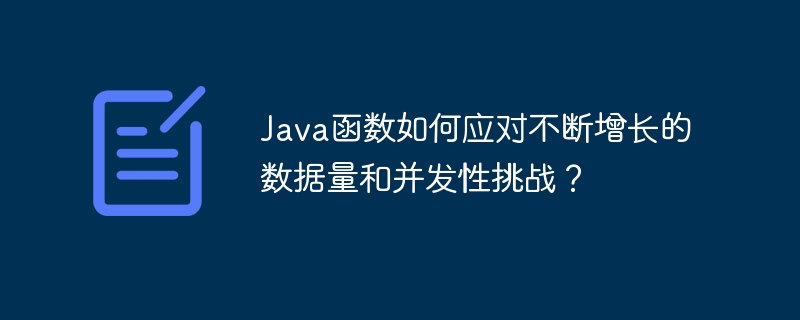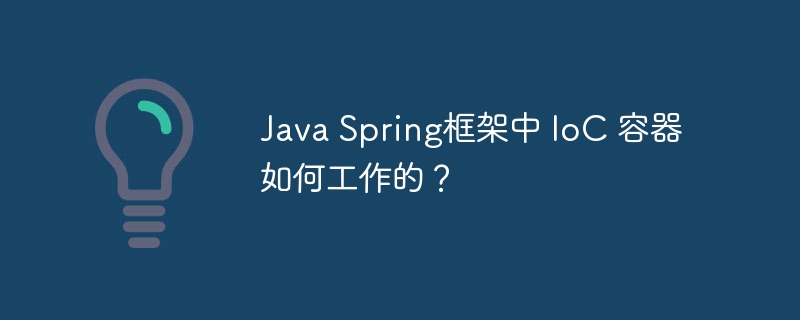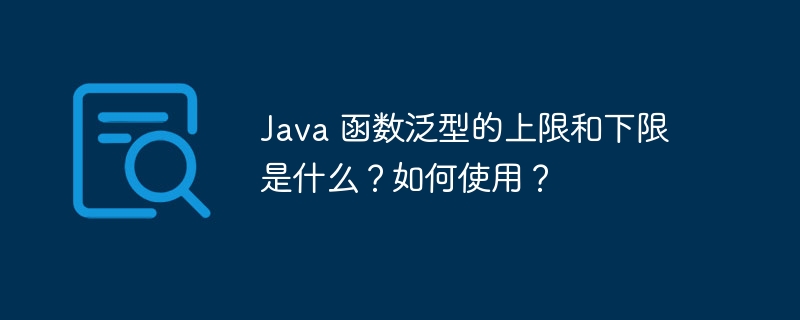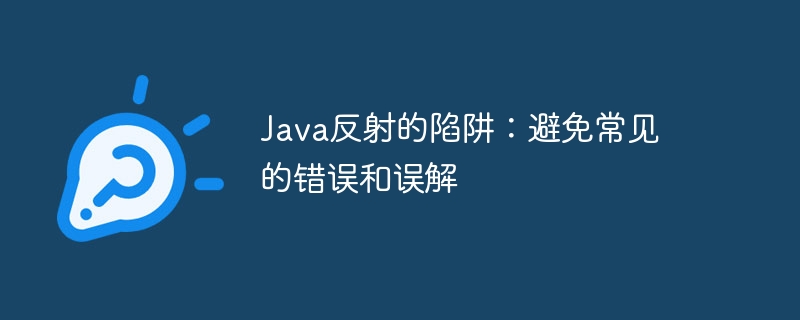
Java反射允许开发人员在运行时检查和修改类、方法和字段。这在许多情况下非常有用,例如,它允许开发人员创建自定义序列化器或解析器,或者在运行时动态加载类。
然而,Java反射也可能给开发人员带来麻烦。以下是一些常见的陷阱:
以下是一些避免Java反射陷阱的技巧:
以下是一些演示代码,展示了如何使用Java反射来访问类、方法和字段:
import java.lang.reflect.Field;
import java.lang.reflect.Method;
public class ReflectionExample {
public static void main(String[] args) {
// Get the class of the object
Class<?> clazz = Object.class;
// Get the public fields of the class
Field[] fields = clazz.getFields();
// Print the names of the public fields
for (Field field : fields) {
System.out.println(field.getName());
}
// Get the public methods of the class
Method[] methods = clazz.getMethods();
// Print the names of the public methods
for (Method method : methods) {
System.out.println(method.getName());
}
// Get the private field "name" of the class
Field nameField = clazz.getDeclaredField("name");
// Set the value of the private field "name" to "John Doe"
nameField.setAccessible(true);
nameField.set(null, "John Doe");
// Get the value of the private field "name"
String name = (String) nameField.get(null);
// Print the value of the private field "name"
System.out.println(name);
// Get the private method "sayHello" of the class
Method sayHelloMethod = clazz.getDeclaredMethod("sayHello");
// Invoke the private method "sayHello"
sayHelloMethod.setAccessible(true);
sayHelloMethod.invoke(null);
}
}
这段代码将打印出Object类的所有公共字段和方法的名称,并将私有字段"name"的值设置为"John Doe",然后打印出私有字段"name"的值。最后,这段代码将调用私有方法"sayHello"。

